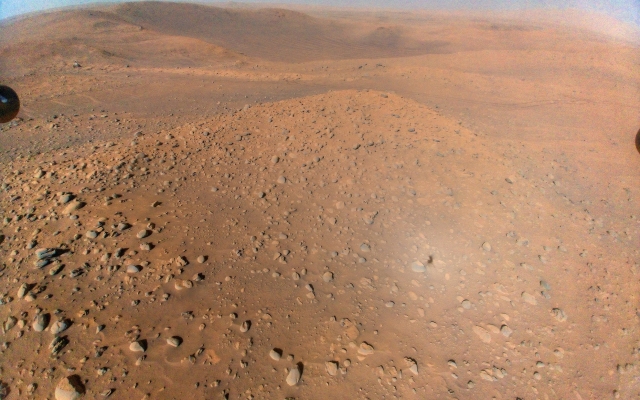 The helicopter seen above left is still going strong
The helicopter seen above left is still going strong
At 19 inches tall and weighing just a few pounds, its simple design was intended to reduce costs. It was built for five flights, but since it landed on Mars in February 2021 aboard the Perseverance rover, it has since landed on Mars in February 2021 aboard the Perseverance rover. 10 times more flights.
No one on his team at the Jet Propulsion Laboratory (JPL) in southern California is quite sure how he managed to keep getting airborne or how long he can continue to do so.
Not even any observers in the broader scientific community are knows.
Ian Crawford, professor of planetary science at Birkbeck, University of London, is “surprised” at how stable this miniature craft has proven to be.
“I think this has fundamentally changed the paradigm for exploring the surface of Mars,” — he says.
The Martian atmosphere has 1% the density of Earth's, meaning Ingenuity's carbon fiber rotors must spin five times faster. to stay aloft.
Helicopters require an atmosphere to fly, which rules out the Moon, and gas giants like Jupiter, which are essentially made of atmosphere, are too brutal to navigate. But other worlds are ripe for discovery.
Lessons for the next mission to Mars
Ingenuity's flight data is being shared with the team preparing to launch a rotorcraft to Titan, Saturn's largest moon, as part of a landing mission in the mid-2030s.
But above all, the success of this craft has changed NASA's next mission plan to Mars, which will collect samples near Jezero Crater and send them back to Earth for analysis.
The space agency is now sending two spacecraft modeled after Ingenuity — with slightly longer blades — to collect the samples. There is even a possibility that the paths of two generations of helicopters will cross.
According to JPL engineers, the thin atmosphere on Mars makes flight «almost impossible.»
Mars Ingenuity First Flight Part 02
That meant they had a difficult three-hour wait to see if it could get off the ground after landing on the belly of the Perseverance rover in February 2021.
It did just that, briefly hovering 10 feet above the dusty red surface of Mars. Back in California, project manager Mimi Aung tore up contingency plans in case the flight failed.
Since then, Ingenuity has completed dozens of flights, covering distances of up to half a mile at a time, while withstanding temperatures down to -125C.
That's not to say that's it. smooth. The rotorcraft was never designed to survive the harsh nights of the Martian winter. It froze last May and its team watched helplessly 150 million miles away as it disappeared from their screens.
Preparing for the worst, they tried to predict when it would thaw so they could restore contact. For two days the small helicopter was on its own.
Time passes
Finally, after a painful game of hide and seek, the data stream from Ingenuity began to trickle back.
“We're told not to humanize robots, but I guess it's like losing a puppy in the park,” Mr. Tzanetos said.
«You're just yelling about your dog and then eventually you hear barking in the distance and you think, 'Oh, thank God.' And then the surprise: “Damn, she's a lot tougher than we thought.”
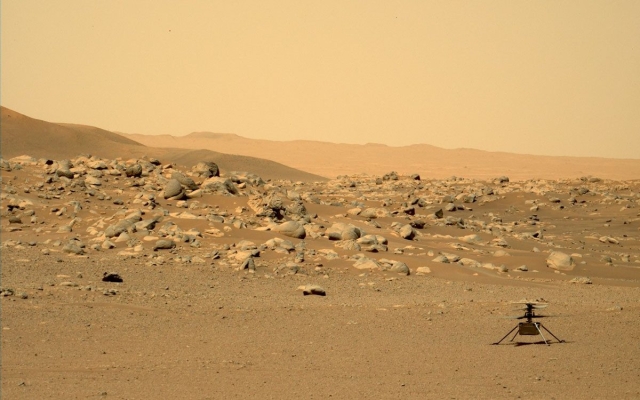 Images taken May 22, 2021 The navigation camera aboard NASA's Ingenuity Mars helicopter captured the final 29 seconds of the rotorcraft's sixth flight
Images taken May 22, 2021 The navigation camera aboard NASA's Ingenuity Mars helicopter captured the final 29 seconds of the rotorcraft's sixth flight
It survived an emergency landing on its 53rd flight late last month when images from its measurement camera didn't match with data from the inertial measurement unit. The code was changed, and he returned to the sky twice more.
However, Mr. Tzanetos understands that his time is running out, and that whenever Ingenuity loses contact with JPL, they may never regain it.
“I told myself that every day could be our last, every sol [solar day] could be our last, every downlink could be our last,” he said. Ingenuity's solar panel has lost about 30 percent of its power, likely due to a light coating of Martian dust.
Having proven that aircraft can fly in Mars' unbreathable atmosphere, JPL scientists believe we are on on the cusp of a revolutionary change in space exploration.
“I think they will prove themselves by making it possible to access parts of the surface of Mars that would be very difficult or impossible to access with a rover. » said Professor Crawford.
«Wherever the rover has to go through very rocky terrain… the vehicle can fly over these obstacles, just land and take measurements in some inaccessible place.»







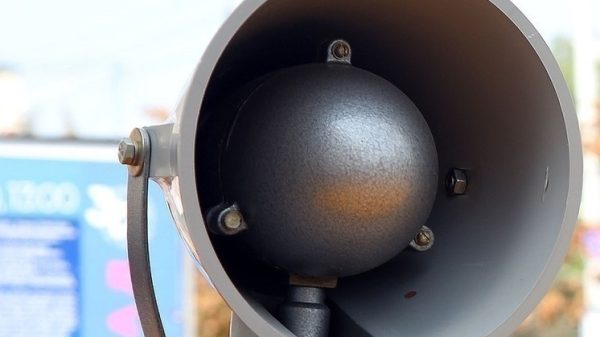


























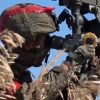
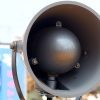



















Свежие комментарии